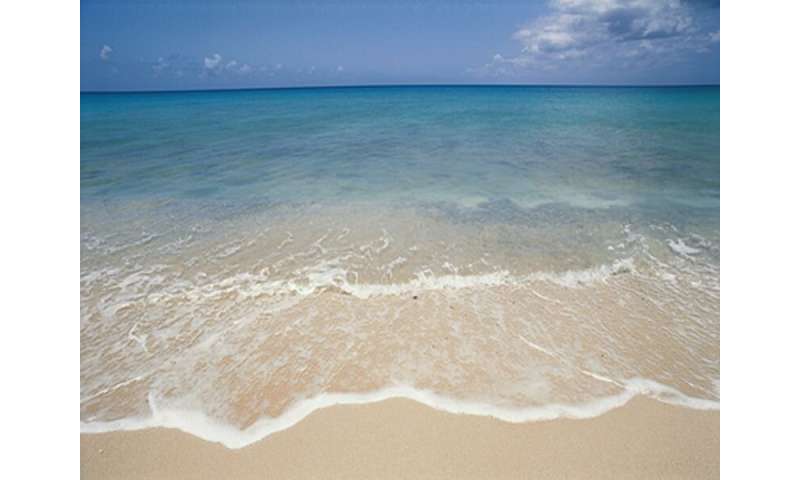

(HealthDay)—New toxic algal blooms have appeared on the U.S. west coast due to an ocean heat wave, a new study finds.
The researchers said that climate change is increasing the frequency of highly toxic algal blooms in this area.
These algae produce a neurotoxin called domoic acid that causes severe and potentially lethal digestive and neurological symptoms, and is a threat to marine wildlife and humans.
“This study shows that climate change can influence the occurrence and intensity of some harmful algal blooms [HABs] by creating new seed beds for their survival and distribution,” said Dr. Vera Trainer, of the U.S. National Oceanic and Atmospheric Administration, in Seattle.
“Coastal communities, including Native Tribes, will suffer from the effects of HABs more frequently in the future, illustrating the importance of early warning systems such as Harmful Algal Bloom Bulletins that are becoming operational in the U.S. and other parts of the world,” Trainer explained.
The report was published online recently in the journal Frontiers in Climate.
In 2015, a severe heat wave in the northeast Pacific Ocean caused a record-breaking Pseudo-nitzschia bloom that halted the shellfish harvest and killed many marine mammals.
As a result, one region has become a toxic hotspot that has prevented shellfish harvest since that heat wave. Data has also shown that the 2013-2015 heat wave was five times more likely to have been man-made. Models also predict that marine heat waves are 20 times more likely to happen than they would have been without climate change.
“There is evidence that bacteria associated with seagrasses have algicidal properties, indicating that seagrass planting may be used to successfully control some HABs in Puget Sound,” Trainer said in a journal news release.
Source: Read Full Article